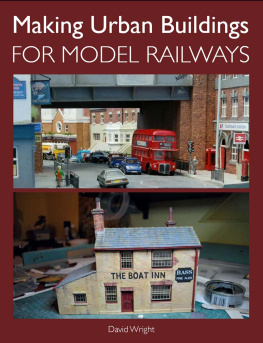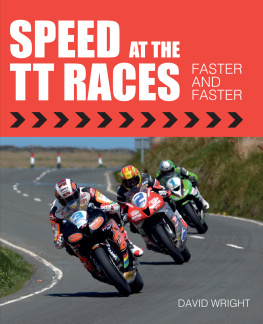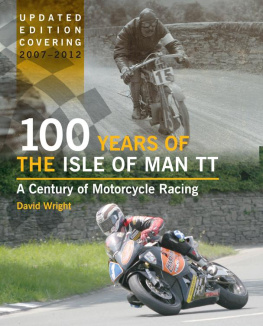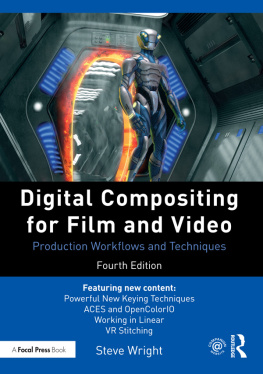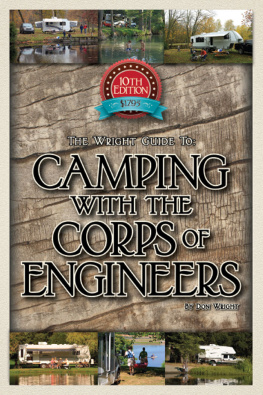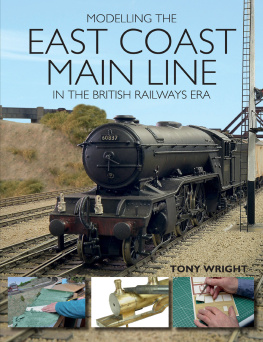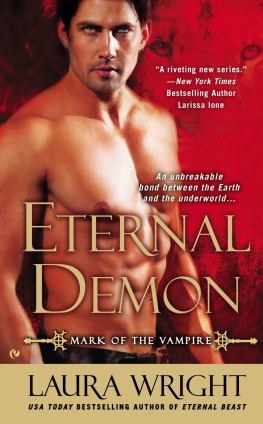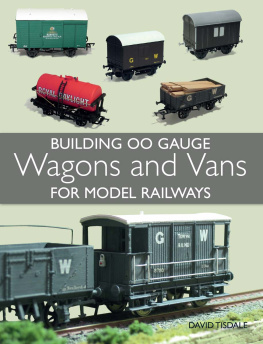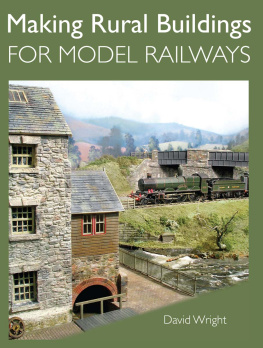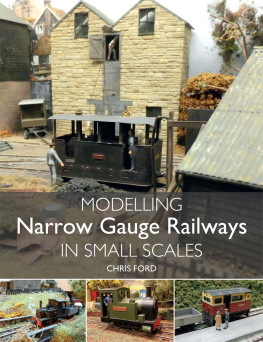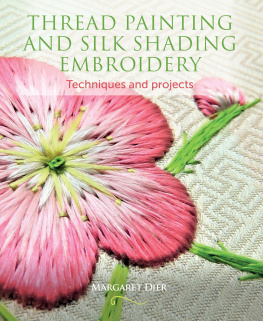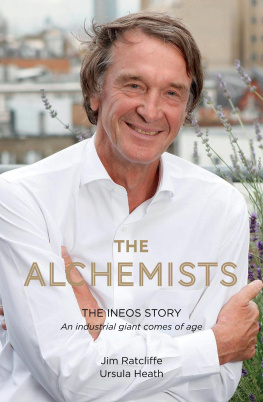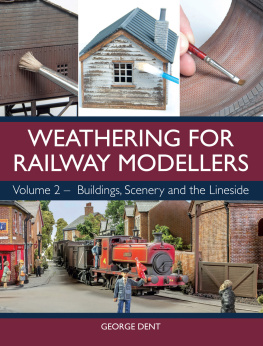First published in 2013 by
The Crowood Press Ltd
Ramsbury, Marlborough
Wiltshire SN8 2HR
www.crowood.com
This e-book first published in 2013
David Wright 2013
All rights reserved. No part of this publication may be reproduced or transmitted in any form or by any means, electronic or mechanical, including photocopy, recording, or any information storage and retrieval system, without permission in writing from the publishers.
British Library Cataloguing-in-Publication Data
A catalogue record for this book is available from the British Library.
ISBN 978 1 84797 569 0
Dedication
I would like to dedicate this, my second book, to a good friend and fellow modeller, John Gaskin, who sadly passed away with prostate cancer while I was compiling it.
Disclaimer
The author and the publisher do not accept any responsibility in any manner whatsoever for any error or omission, or any loss, damage, injury, adverse outcome or liability of any kind incurred as a result of the use of any of the information contained in this book, or reliance upon it.
CONTENTS
INTRODUCTION
Before we look at constructing models of urban buildings for your model railway, it is worth spending some time considering what you may realistically aspire to achieve and what will be physically possible. It is so easy to get carried away in attempting to build a model beyond the capability of one person. Before you start you should ask yourself:
What spare time can I realistically allow myself to build the model?
Do I have the physical space?
Do I have the physical capability?
Can I realistically afford the expense?
Am I looking to build a true representation of an actual railway and location, or do I just want to run trains through an urban landscape without a specific authenticity?
Will I achieve full satisfaction from building this model?
These questions are not intended to put you off, far from it, but it is important to ask them during the planning stage. So many model railways have been or never will be finished because this has not been addressed properly. By definition a model railway set in an urban scene will always lead to grand ideas to create something larger than one in a rural setting. It might, for example, be worth considering only a small urban station or leaving one out altogether. I will endeavour to cover this subject in detail in , where I will look at both planning and setting a model railway into the urban landscape.

Ivatt 2P 2-6-2 tank 41296 awaits to go onto the shed on the 7mm Wychnor-on-Trent layout.Photo: John Hancock
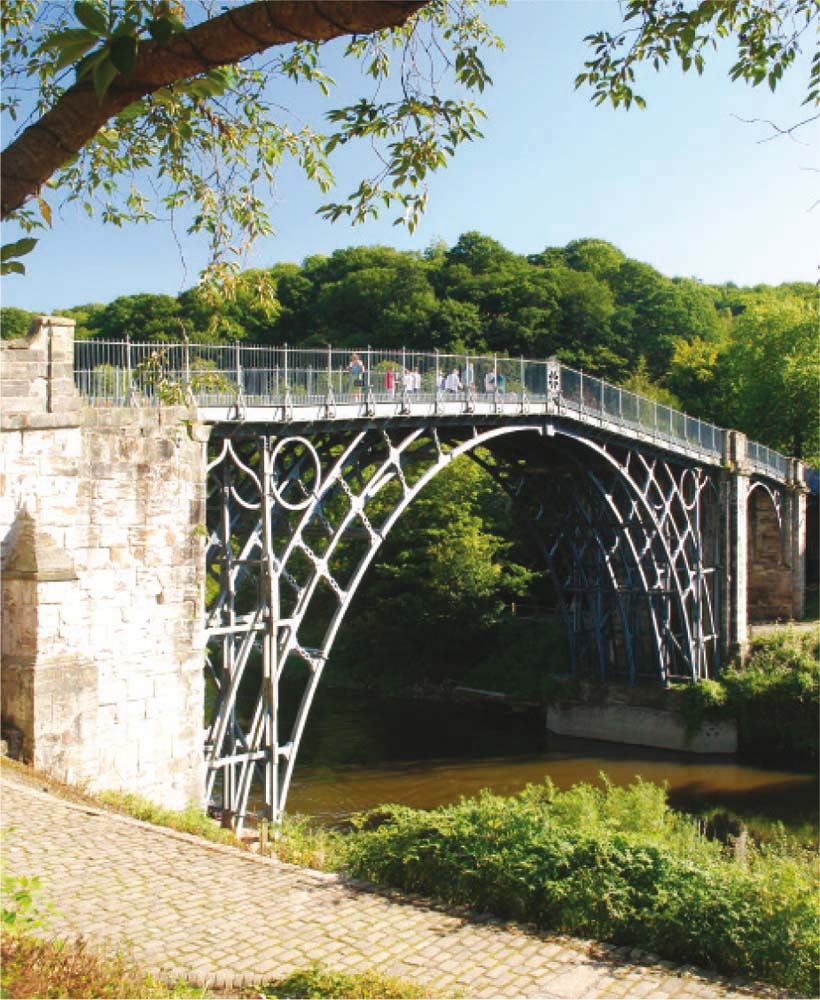
The magnificent arch of the Iron Bridge, spanning the River Severn. The first cast iron bridge has become an enduring symbol of the birth of the Industrial Revolution. The valley is now a World Heritage site.
As with all aspects of railway modelling, if we are hoping to build miniature versions of urban buildings it helps to have some knowledge of their history and the materials used to construct them.
In this book I will concentrate on urban development following the Industrial Revolution and up to the present day. This was a period of mass expansion and change that included the development of the railways and other forms of transport.
Close examination of a town will reveal the history of its development from an early nucleus around a market place or square. Before the Industrial Revolution, most were originally market towns that supplied all necessary trades to the surrounding rural areas. This economic model, however, was transformed during the eighteenth and nineteenth centuries. Abraham Darbys introduction of a coke smelting method in 1709 enabled him to manufacture pig iron of a higher quality and more cheaply than previously. He used deposits of local coal to produce coke to fuel the furnaces at Coalbrookdale in the gorge of the River Severn. The valley soon became a centre of mass production. The gorge today is a UNESCO World Heritage site with a collection of museums describing its industrial past, symbolized by the magnificent Iron Bridge erected in 1779, which spans the river with one enormous arch and gives its name to the complex.
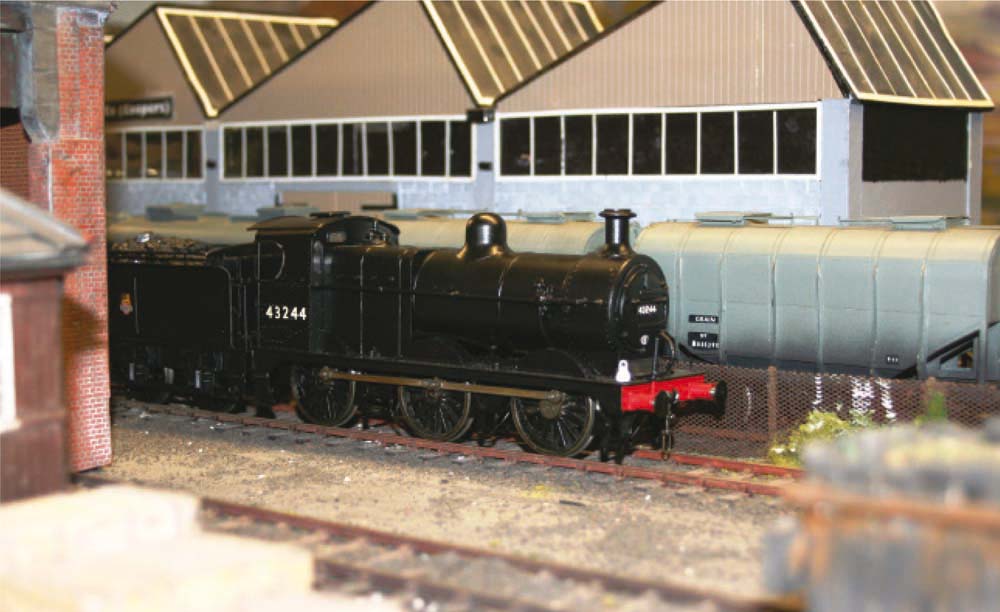
Ex. Midland Class 3F 43244 awaits its next turn of duty to shunt the brewery exchange sidings on the Wychnor layout.Photo: John Hancock
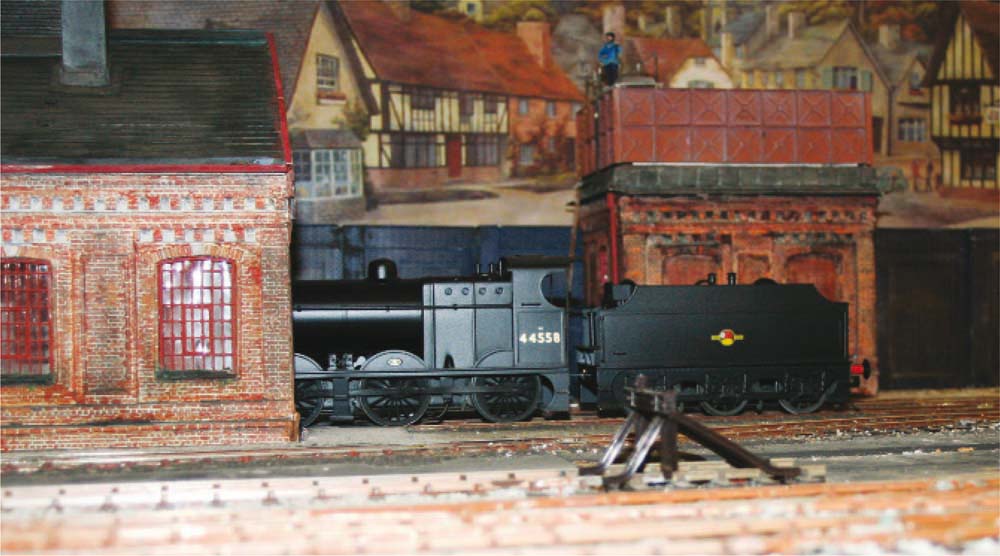
LMS Class 4F 44558 returns on the the shed after working brewery traffic.Photo: John Hancock

Cromford Mill was the first successful water-powered cotton mill. It was here that Richard Arkwright pioneered the water frame in 1771, originating the factory system.
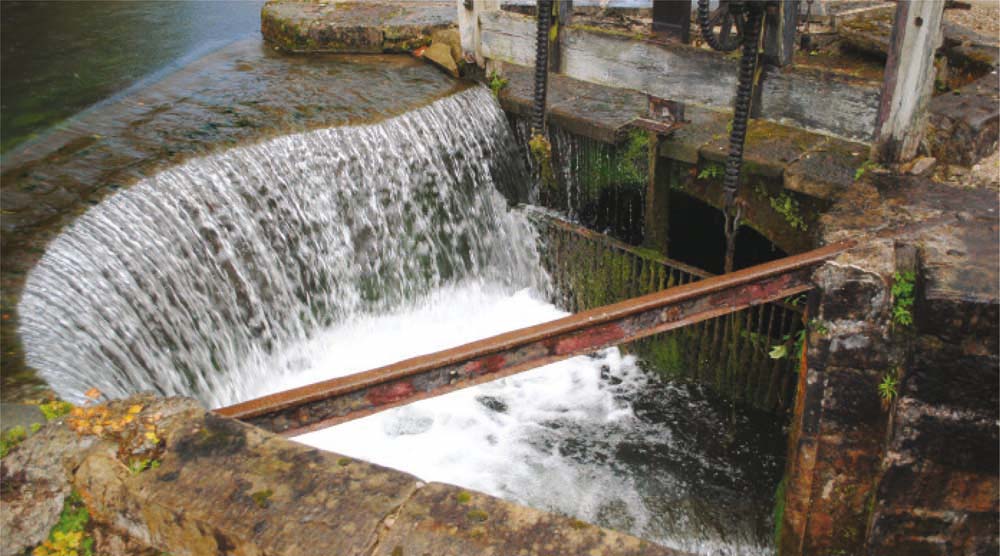
Water became the first source of power to operate the new mills and factories. The Industrial Revolution would see these occupying many of Britains river valleys and turning them into centres of industry.

A busy goods yard is depicted in this photograph of Wychnor-on Trent.Photo: John Hancock
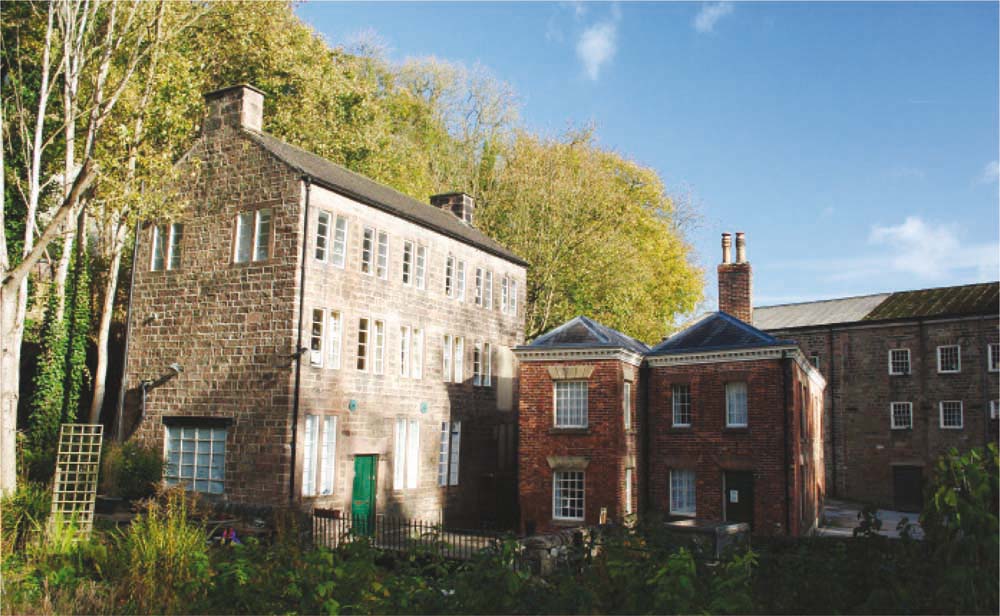
The three-storey building in stone is the weavers workshop at Cromford Mill. Here hand-loom workers were employed to work up the yarn. This building would make a very interesting subject for a model.
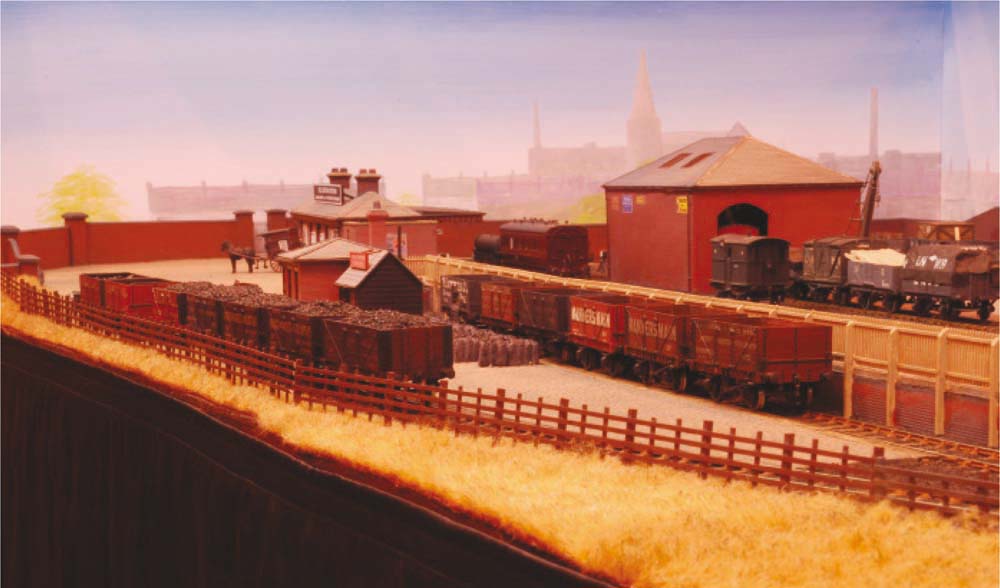
An industrial landscape is modelled to perfection. The photograph shows the goods and coal yards in the station area at Eccleston. The layout is the work of Martin Nield.Photo: Martin Nield
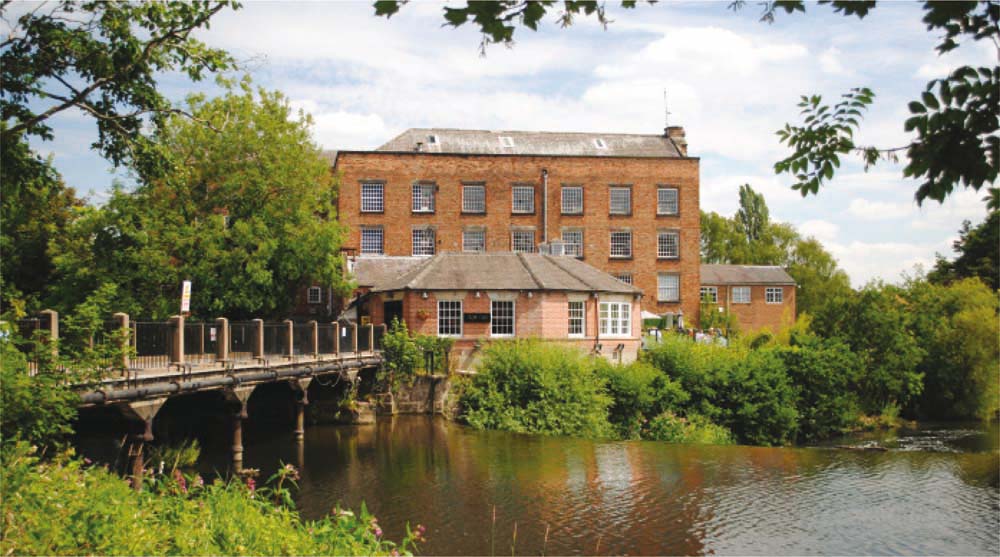
Another textile mill along the banks of the River Derwent in Derbyshire was built by Thomas Evans at Darley Abbey to produce high-quality cotton thread. Pictured is the oldest building in the complex, the Long Mill, which dates from 1790. The wooden sash-window frames and X-shaped tie-bar plates should both be noted. A new village was also constructed to house all the workers.

